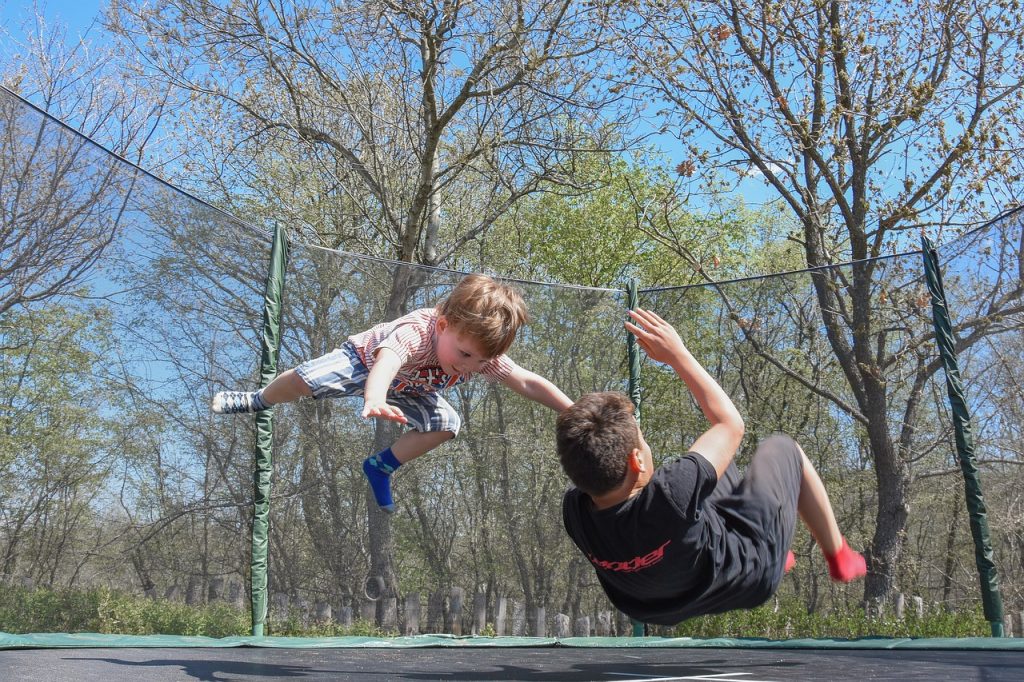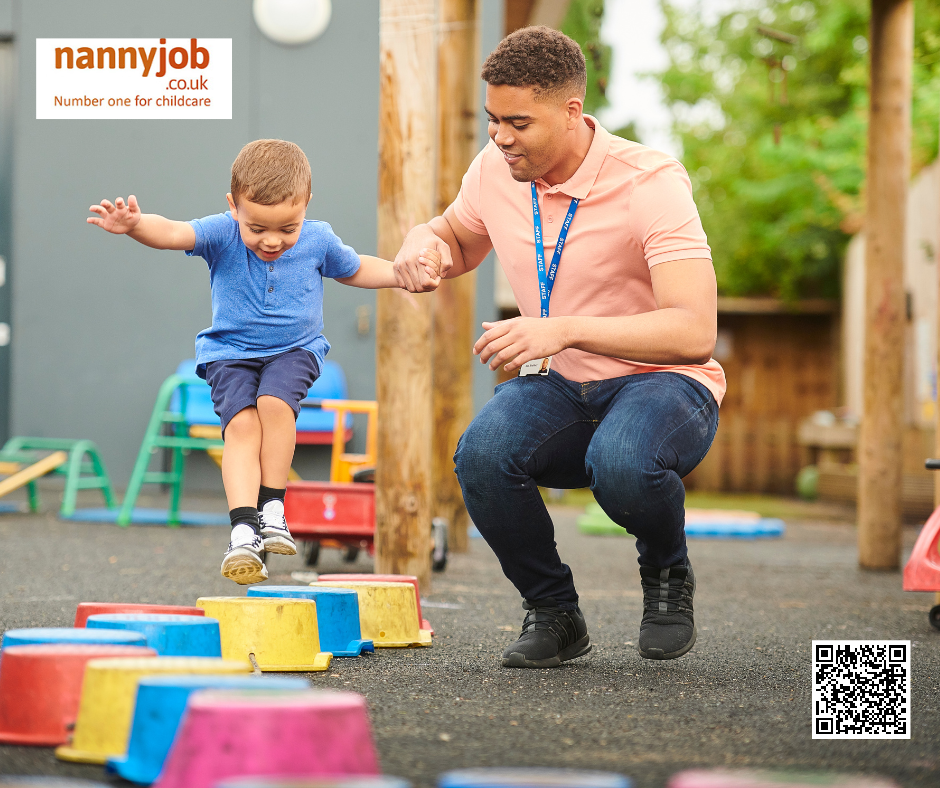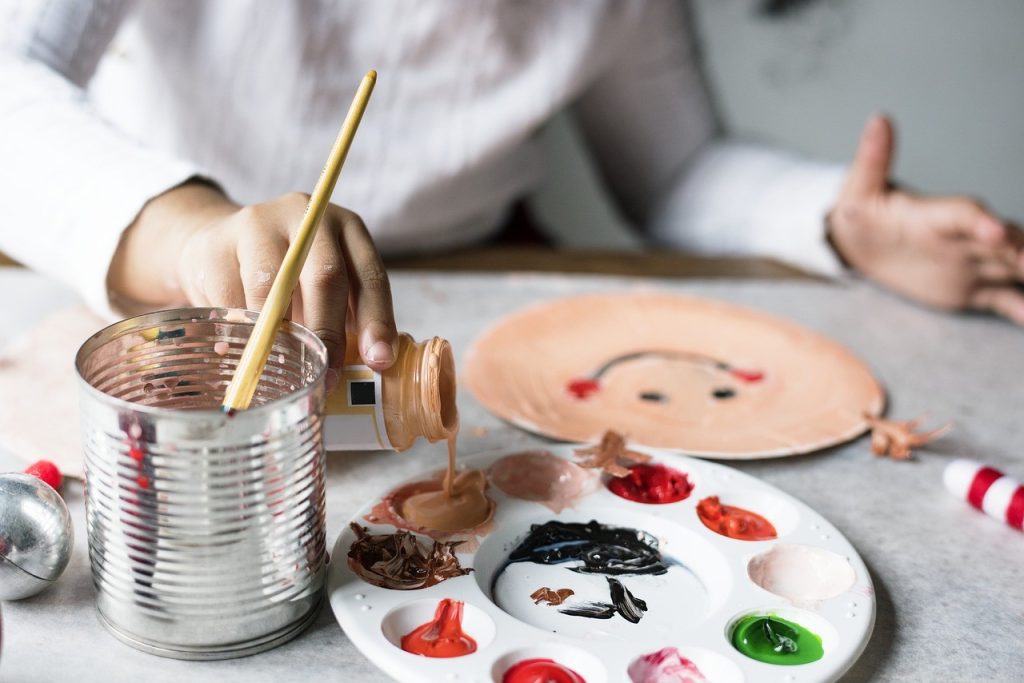Getting children involved in gardening is a great way to spark their curiosity, teach them about nature, and foster a sense of responsibility. Not only does gardening provide fun, engaging activities, but it also offers numerous benefits that can impact children’s development positively. Here are some fun garden activities and the benefits that come with them:
1. Planting Seeds and Growing Plants
Starting with something as small as a seed and nurturing it into a plant can be a magical process for children. This activity can teach them patience, as they wait for the seed to sprout, and responsibility, as they care for the plant by watering it regularly.
2. Creating a Vegetable Garden
Let children have their own patch in the vegetable garden. They can grow easy plants like radishes, beans, or cherry tomatoes. This activity not only gives them a sense of ownership but also can lead to discussions about healthy eating and the importance of fresh produce.
3. Making a Bug Hotel
Creating a bug hotel is a wonderful way for children to learn about the small creatures that contribute to our ecosystem. They can use materials found around the garden, such as leaves, sticks, and pinecones, to create a cozy space for insects.
4. Setting up a Bird Feeder
Setting up a bird feeder and regularly filling it with seeds can attract a variety of birds to your garden. Children can learn about different bird species while understanding the importance of caring for wildlife.
5. Creating Art with Nature
Leaves, petals, stones can all be used to create beautiful artwork. This activity encourages creativity and helps children appreciate the beauty of nature.
Benefits of Gardening with Children
- Educational: Gardening can introduce children to scientific concepts like photosynthesis, the lifecycle of plants, and the roles of different insects. It also provides practical examples of mathematical concepts like counting, measuring, and recognizing shapes.
- Health and Nutrition: Growing their own fruits and vegetables can make children more inclined to eat them. It also encourages a more active lifestyle, as gardening can be a form of exercise.
- Boosts Mental Well-being: Spending time in nature has been shown to reduce stress and improve mood in children. Gardening can also promote mindfulness, as children focus on tasks at hand.
- Develops Life Skills: Gardening requires patience, responsibility, and problem-solving. These skills are not only applicable in gardening but also valuable in other aspects of life.
Gardening with children can be a fun, rewarding experience. It not only provides a platform for learning and development but also offers opportunities to create precious memories. So, pull on those wellies, grab a trowel, and start exploring the garden with your little ones!

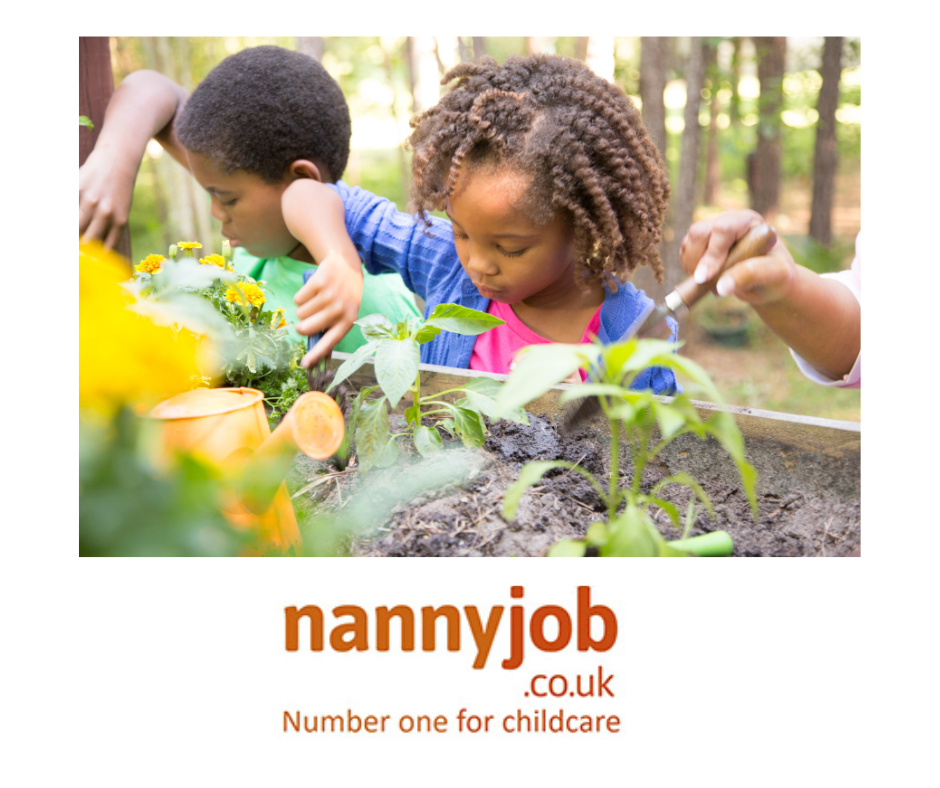

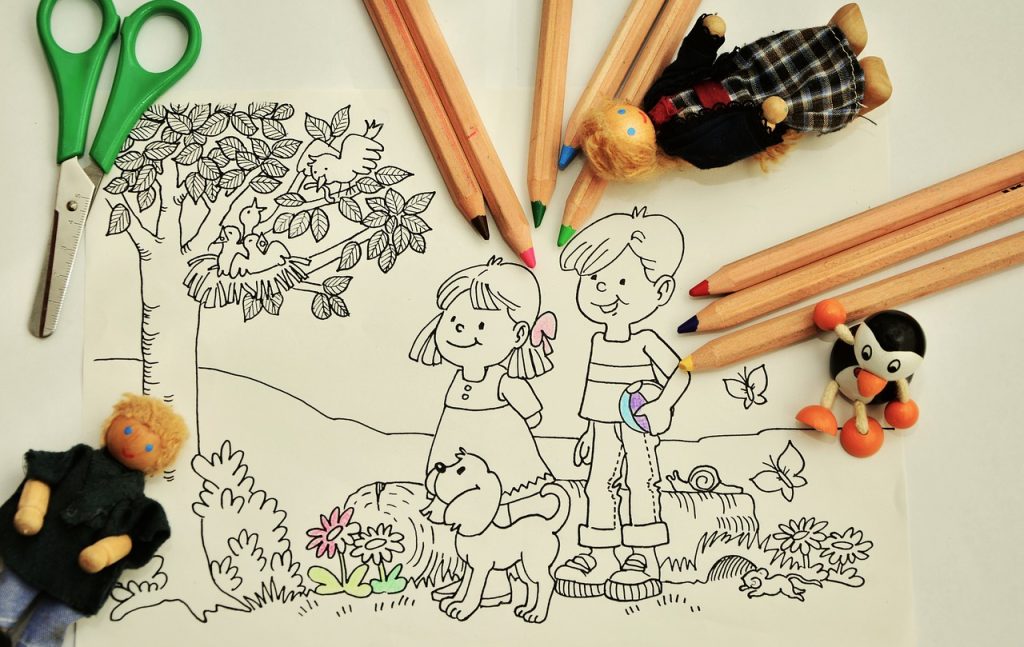

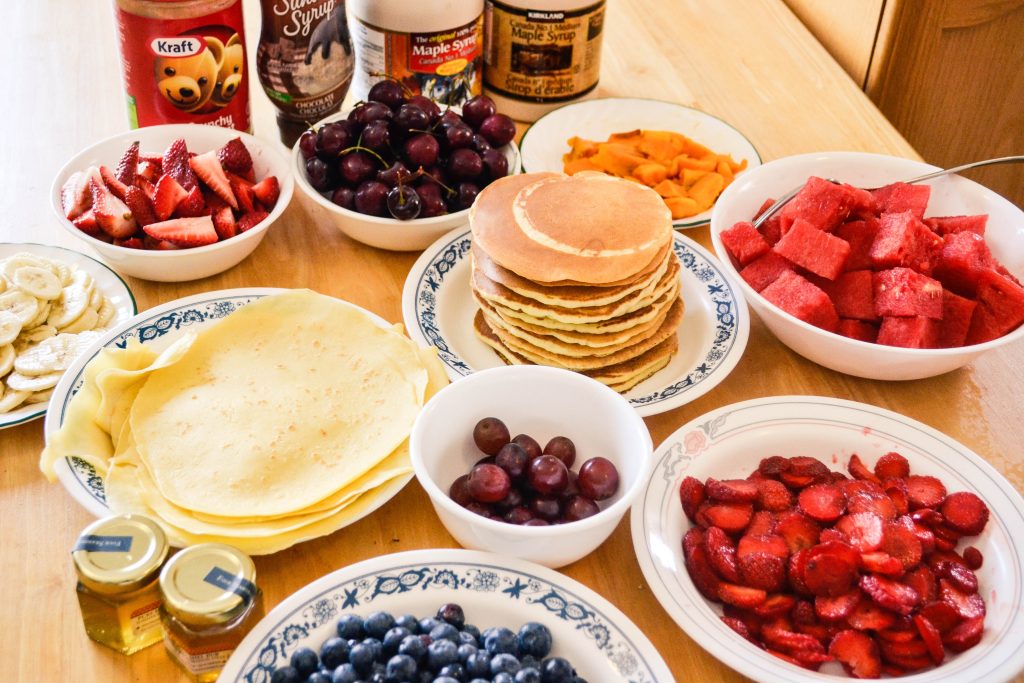

 If you’re running out of inspiration then have a look at our 101 ideas!
If you’re running out of inspiration then have a look at our 101 ideas! Messy play
Messy play